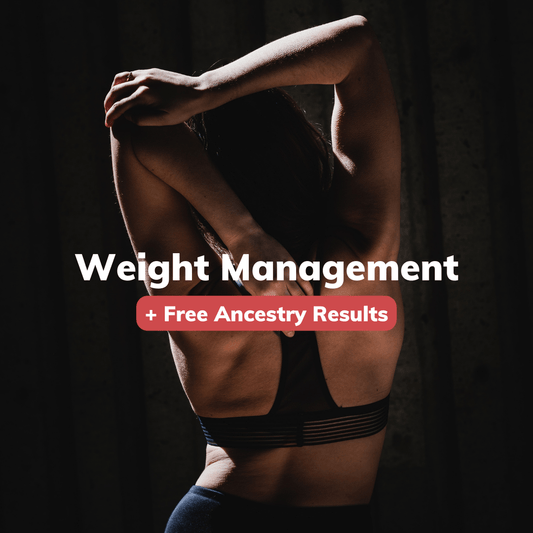
Pharmacogenetics Results: Genotype Guide
BioCertica Content TeamIn this blog post we are introducing pharmacogenetics results interpretation.
Short recap:
As you may know from our previous articles, your DNA is a code like binary code, but instead of 1’s and 0’s, DNA consists of A’s, T’s, C’s and G’s. These are nucleotides. For the most part, our codes are the same; however, there are points along the DNA where the code is highly variable from person to person. These points are single nucleotide polymorphisms (SNPs), which contribute to making us unique. Additionally, you receive two sets of DNA (to be more precise two sets of chromosomes), one from each parent, and so for each SNP, there are two corresponding letters (we can also call them alleles). This combination of letters (alleles) is a genotype. Some of these SNPs determine how you may metabolize drugs and thus forms the basis of pharmacogenetic testing. For more, please explore the articles in our Genetic 101 section.
Genotypes generally, as well as in pharmacogenetics report, can be homozygous or heterozygous. A homozygous genotype is when the two alleles are the same, for example TT or CC. A heterozygous genotype is when the who alleles are different, for example AT or CA. You may have noticed that in the case of heterozygous genotypes, the order in which they appear sometimes differs.

In the above, both genotypes contain an A and a G; however, they come differently in each case. You may be wondering: Is there a difference between writing it the genotype as AG or A? No, there is no difference. Regardless of the order in which it appears, the genotype is the same. In both of the above examples, there is an A in one set of the DNA, and the other set contains a G. It makes no difference whether the A is the maternal set of DNA and the G in the paternal set or visa versa.
So, why do we write them differently if they are the same?
The order depends on which allele is the allele in the human reference genome as the reference (REF) allele. The other allele is the alternative (ALT) allele. It is common practice that the reference allele comes first, and the alternative allele is second.
Conclusion
The main take home message here is that you do not have to worry about the order in which heterozygous genotype appears in pharmacogenetics report. We suggest that you rather focus on reading the annotation text to asses the pharmacological impact associated with your genotype.
Written by: Jamie Fernandez, B.Sc Honours in Genetics, Content Specialist



